The content of the article
There is no doubt that taking a bath or shower should take place in a comfortable and clean room. To maintain constant cleanliness in the mode of modern time, it is not always possible to maintain order in the bathroom at the proper level. This is where this unpleasant lime scale appears on the tile, in the bathroom and in the sink. What to do and what means you can use to overcome this unpleasant thing?
In the arsenal of this housewife must necessarily be means to care for tiles and other surfaces. These can be powders, gels and sprays, which facilitate the process of targeting cleanliness and allow you to exert a minimum of effort. But sometimes the advertised products are not always effective and proper purity cannot be achieved. So what to do in this case?
Lime - what is it?
First, let's figure out what it is.These are raids of potassium and magnesium, remaining after hard water. They settle on surfaces and acquire a characteristic shape and color. You can get rid of it only with the use of products containing acid, so when cleaning the bathroom or sink with substances containing acid, wear special rubber gloves to keep your hands from chemical burns.
But there is a difficulty. The thing is that on surfaces such as glass, plaque is easy to remove, but if it is ceramic or iron surfaces, you will have to try. Let's see what are the methods of cleaning various surfaces of lime scale in the bathroom.
Ceramic surfaces and tiles
If after repairing you do not maintain the cleanliness of the bathroom, then over time a raid will accumulate on the tile, and it will not shine, but, on the contrary, will become muddy. At the same time, an unpleasant black mold will appear in the seams between the tiles, which will also have to be disposed of.
For such surfaces, it is recommended to use all kinds of creams for cleaning, as well as chlorine-containing solutions.It is not recommended to clean the tiles with powder, as this may scratch the surface, which will also remove shine.
- You can use folk remedies, taking the usual 6% vinegar, which is in every kitchen. It is necessary, you can add it to the sprayer and apply it to the wall, wait a couple of minutes, wipe the surface with a brush, rinse with water and wipe dry with a microfiber cloth.
- If there is no vinegar in the table, and there is only 80% solution, then just dilute it with water and do the same. To dilute it with water, you will need to take one part of water for 12 parts of the solution.
- Lime deposits very much like to form on ceramic surfaces, but it can also be removed with ordinary vinegar. It is necessary to take vinegar and pour it into a saucepan, warm to 40 degrees. To clean a persistent coating from the toilet, pour the substance there, and leave it on overnight. Wash everything in the morning. From the raid will not be a trace.
- If the plaque was formed in the toilet at the place of the flow of water, then you first need to block it, and then pour any cleaning agent for such complex formations, leave everything for two or three hours.After that, you need to clean everything with a brush and wash everything thoroughly.
- Citric acid is a very effective way to remove lime from surfaces. It perfectly helps to whiten the surface. All that is needed is to wet the sponge with water and pour citric acid powder on it and clean the place of contamination. After that, rinse everything thoroughly with water.
Note! As for acid-containing agents, they should not be used to remove dirt from tiles, because this will only damage the surface.
And what about the case of acrylic surfaces? It is absolutely impossible to use ordinary powders and agents with acids here! But this rule does not apply to citric acid. Just the same, she does an excellent job with her task and does not spoil the acrylic surface of the bathroom or sink.
To clean acrylic surfaces with citric acid you need:
- Prepare a sponge and several bags of citric acid.
- Pour the acid in a small bowl and add water there. You need to count like this: half a bag of acid for 1 cup of water.
- Bathroom must be carefully cleaned with the resulting solution with a sponge, paying special attention to all the irregularities and bends of the bathroom.After cleaning, let the solution stay on the surface for 15 minutes.
- Well, the final stage will be the re-passage of a bath or a sink made of acrylic with a solution. After all, wash everything with clean water. It is yellow and the raid should not remain anything.
If you are going to clean the surface of cast iron, then for simple dirt it is quite suitable dishwashing detergent. Just pour the tool on the accumulation of plaque and rub it with a sponge. Normal contamination will be easily removed.
If the contamination is persistent, which is not removed by ordinary detergent, then it’s time to use complex chemicals (Comet, Sanox, Pemolux, and so on). Before applying, carefully read the composition of the funds. They must contain anti-corrosion substances that act directly on the plaque, without causing time to the surface. This, as a rule, should be creamy substances.
Plastic and glass
If we are talking about plastic surfaces or surfaces made of glass, then all the substances listed above will very well help to overcome the limescale on them.Ordinary soap solution may be suitable if the contamination is not so serious. In more advanced cases, you can also use citric acid or table or apple cider vinegar.
It is very good that it is easier to remove dirt from glass surfaces than from other coatings. If you remove such surfaces in a day or two, then you simply will not have this problem.
To date, all shopping centers and stores are just filled with all sorts of means to care for the bathroom and toilet. The basic rule here is to choose the product wisely. Experts advise buying cleaning creams or pastes, because they have a sparing effect compared to solutions.
I would also like to add a little about the strengths of citric acid. It is a universal remedy suitable for many surfaces, such as ceramics, glass, cast iron or plastic. It does not injure the hands and does not damage the surfaces, because it is rather weak.
If you needed to clean the shower stall from the lime formations, then there are several recommendations:
- Cleaning the surface of the shower is made immediately after the completion of bathing procedures.Rinse the shower with hot and cold water. Then dry everything with a special towel.
- General cleaning and cleaning should be done once a week and no more. This cleaning is done using special chemical ingredients. After cleaning means, rinse everything with hot and then cold water and wipe with a dry cloth.
- Cleaning the surface of the shower stall in cases of heavy pollution requires heavier artillery and the use of powerful cleaning agents. The formation of lime and pollution can occur in cases where the bathroom is not used for a long time.
- The walls of the shower stall also need careful maintenance. There is an effective folk method that helps to clean the walls with ease. Citric acid will come to the rescue here again. To cleanse with acid you will need:
- Dissolve the acid (100 grams) in half a liter of water.
- Fill with a solution a special container with a sprayer and apply the contents on the problem areas of the walls of the shower stall.
- After that, the treated surface must be wiped with a dry cloth.
The use of citric acid is also in the fact that it is absolutely harmless to the human body and does not injure either the surface of the hands or the respiratory system.
If the pollution is not cleaned by these methods, and you are allergic to strong products, then do not spare the money and get a steam generator that removes such pollution in a matter of minutes and maintains a constant cleanliness of the shower. Successful you struggle for the cleanliness of the apartment!
Video: how to clean the bath to the snow-white state



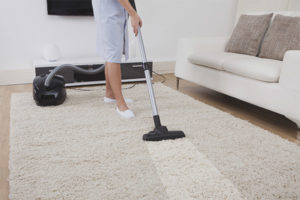
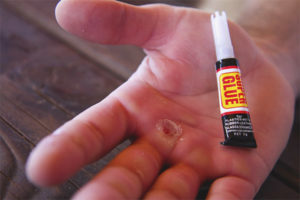
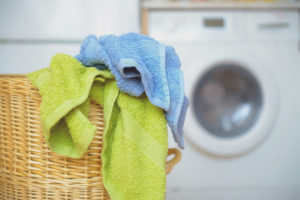
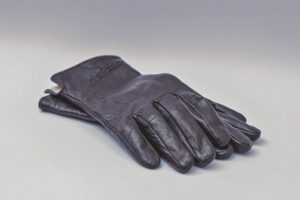


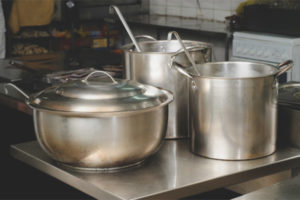

To send